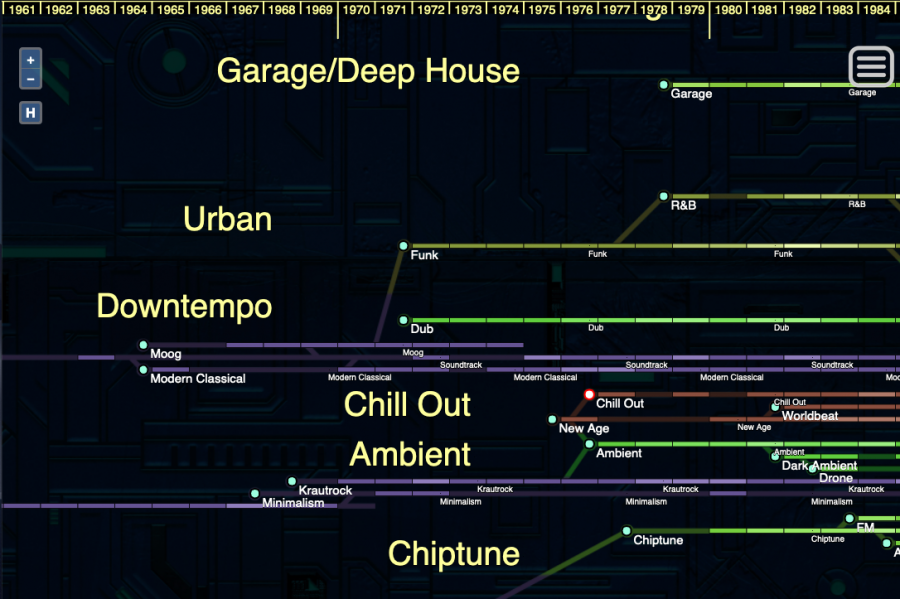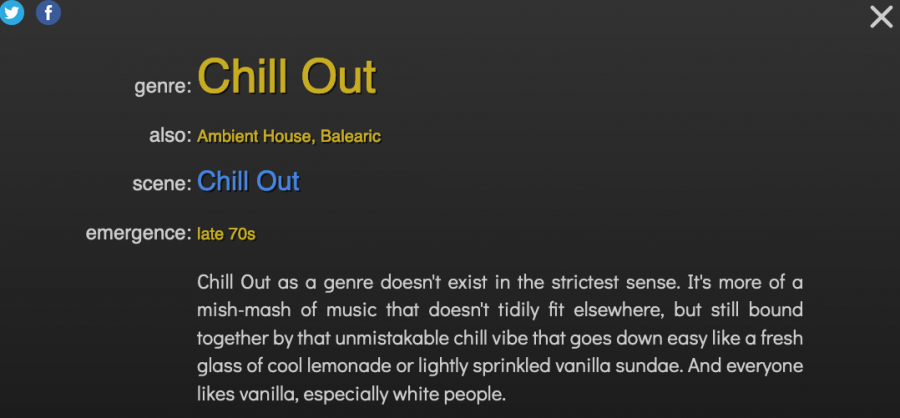Music video essay maestro Polyphonic is back. What I dig about his videos is that he takes on some of the true warhorses of modern popular music and manages to find something new to say. Or at least he presents familiar stories in a new and modern way to an audience who may be hearing ELO, Queen, or Neil Young for the first time.
His latest upload explores Dave Brubeck’s groundbreaking jazz album Time Out. This is an album that regularly tops best-of lists, gets reissued constantly, and is so ubiquitous in some circles that it’s hard, like Led Zeppelin’s fourth album, to hear the album with fresh ears.
Polyphonic touches on something right at the beginning of the video that deserves a full video essay of its own–the State Department’s mission to send American jazz musicians around the world as cultural ambassadors. This is a part of history that has receded from memory, but had a major influence not just on Brubeck, but so many records at that time. Brubeck joined Benny Goodman, Louis Armstrong, and Dizzy Gillespie on a musical tour that reached many countries behind the Iron Curtain, and were able to critique America’s racist history while also promoting its musical culture. (There’s a fine PBS documentary on the mission available here, if your region supports the video.)
But for the purposes of this video essay, and regarding Brubeck’s career, it was the polyrhythms and folk music that he heard while traveling through countries like Turkey (from which he developed “Blue Rondo a la Turk”) that remained with him on his return.
Time Out was Brubeck’s fourteenth album for Columbia Records, but his breakthrough. Up to that point he and his quartet had released a number of live albums recorded at colleges (which promoted a safe but hip studious kind of jazz) and several albums of jazz covers, such as Dave Digs Disney. But Time Out was a fully formed concept album of sorts: an exploration into time signatures that jazz hadn’t really touched yet.
As Polyphonic points out, Joe Morello, Brubeck’s drummer, was indeed well versed in complicated time signatures from his classical background as a violinist. It was Morello who experimented with a groove in 5/4 time that became the backbone of “Take Five.” Brubeck knew a good thing when he heard it and gives Morello one of the best solos of the entire LP.
Best of all, Time Out is one those classic albums because of how it mixes the experimental with the commercial, a hard feat in any era, but even more impressive in that best of all jazz years, 1959. (Brubeck continued to explore time signatures on this album’s sequel Time Further Out, which is also recommended).
Related Content:
Pakistani Musicians Play an Enchanting Version of Dave Brubeck’s Jazz Classic, “Take Five”
Louis Armstrong Plays Historic Cold War Concerts in East Berlin & Budapest (1965)
Remembering Jazz Legend Dave Brubeck (RIP) with a Very Touching Musical Moment
Ted Mills is a freelance writer on the arts who currently hosts the artist interview-based FunkZone Podcast and is the producer of KCRW’s Curious Coast. You can also follow him on Twitter at @tedmills, read his other arts writing at tedmills.com and/or watch his films here.








